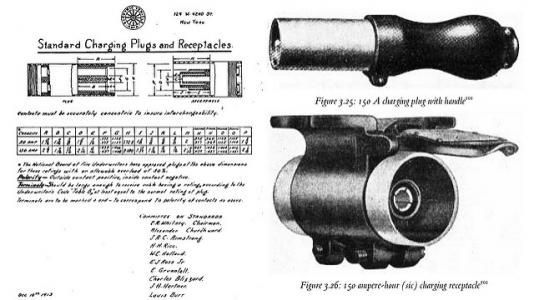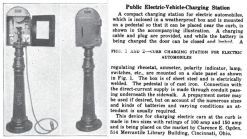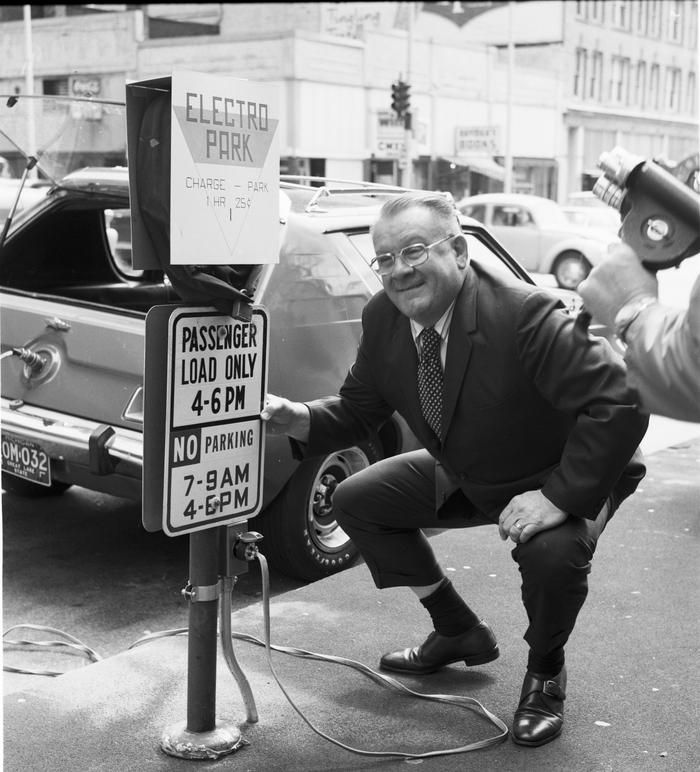𐓏 Charging 101 𐓏
Recovery of demand for electric vehicles and charging infrastructure
2.1 The rise of the internal combustion engine (Late 19th to early 20th century)
Since EVs using batteries are heavier and have poor endurance, the technology at the time was still unable to break through the barriers.
During this period, gasoline internal combustion engines (ICE) developed rapidly, and their operating quality and reliability had so much progress than before. On top of that, with the discovery of oil in Texas, the convenience of refueling, and its low price, ICE gradually became mainstream while EVs were sharply declining.
In the 1908, American engineer and entrepreneur Henry Ford introduced the mass-produced Model T. The price of the Model T at that time was 50% lower than most electric vehicles, and therefore the gasoline cars have successfully turned from luxury items into commodities.

Source:Wikimedia Commons (visit the website)
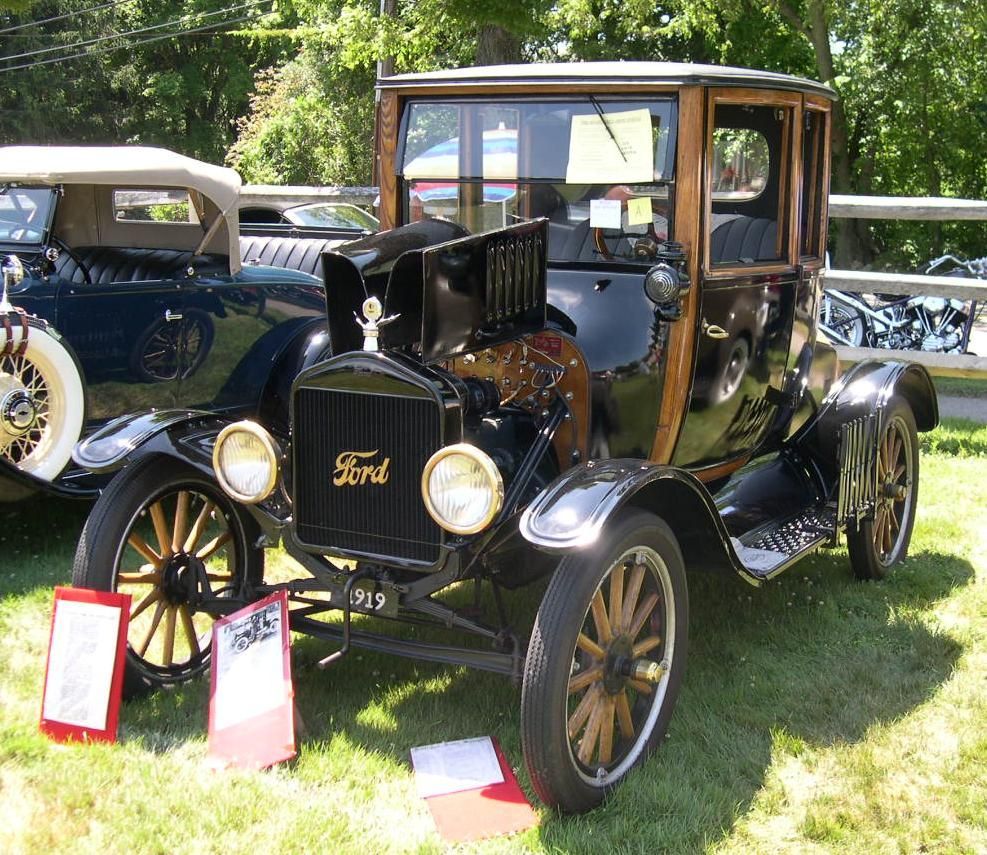
Source:Wikimedia Commons (visit the website)
2.2 Early charging piles
1912
General Electric introduced an EV charger for home use, utilizing a mercury arc rectifier to convert AC to DC.
Here is a woman using this charger to power her electric car, a Columbia Mark 68 Victoria.
Sources:
H.C. Cushing, Jr. (1922),The Electric Vehicle Hand-Book(10th Annual Edition), New York, N.Y.: H. C. Cushing, Jr. (Retrieved from the website)
The Norwegian Museum of Science and Technology (visit the website)
1913
The United States had standardized the charging specifications.
Source:
Argonne National Laboratory (visit the website)
1914
General Motors set up the first public charging station "Electrant", which looked like a European-style floor-standing small mailbox.
Source:
Autoforum.cz files (visit the website)
1973
The Seattle City Light R&D team - Electruc - modified the AMC Gremlin into an electric vehicle prototype, and the director Gordon Vickery demonstrated the dedicated charging station - Electro Park.
Sources:
Choose Washington - An electrifying history indeed (visit the website)
Seattle Municipal Archives Digital Collections (visit the website)
2.3 Land on your feet! The resurgence of electric vehicles (late 20th century)
In 1950s, the world began to track the issues such as greenhouse gases (GHG). The same year, the World Meteorological Organization (WMO) was established, focusing on the impact of extreme climate, climate change, and other sustainable issues in relation to human survival.

Sources:
WMO (visit the website)
Securities and Futures Institute [SFI](2024)。永續發展相關規範與實務: 永續發展基礎能力測驗學習指南與題庫. 113年版。臺北市:王嘉緯,李宜樺,張森林,曾于哲,楊曉文,遲淑華。
Since the 1970s, oil crises have erupted one after another. Due to the limitations of mining technology at that time, energy shortage led to a surge in crude oil prices, which has also triggered economic recession in developed countries such as Europe and the United States.
During this period, the environmental awareness also gradually increased. Governments started conversations pertaining to reducing GHG emissions, promoting new energy, signing conventions, and enacting relevant bills.
Therefore, the market once again "ignited" the trend of manufacturing high-efficiency EVs. In addition to BEVs (Battery Electric Vehicles), the idea of gasoline hybrid power also emerged during this period spontaneously.

Source:Wikimedia Commons (visit the website)
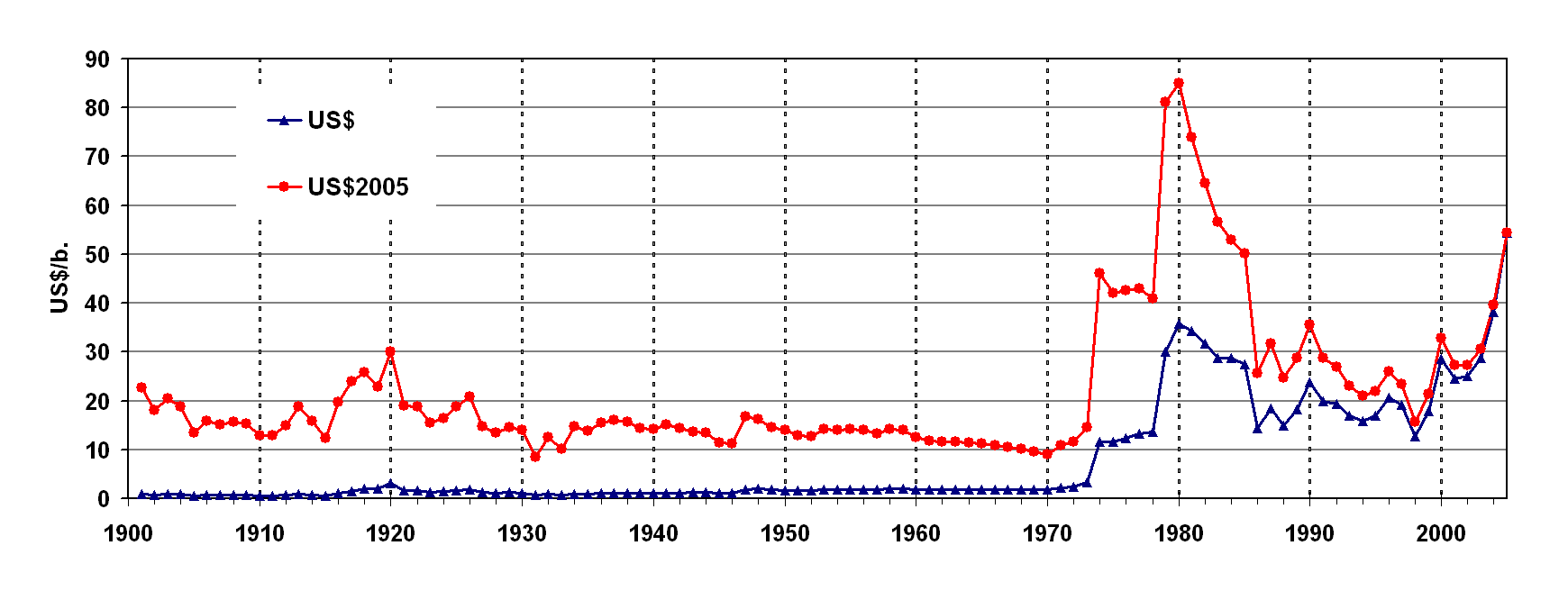
Source:Wikimedia Commons (visit the website)
In the Apollo 15 project in 1971, the Lunar Roving Vehicle used at that time was electric-driven, and it undoubtedly gave a boost to the market.
The public gradually returned attention to electric vehicles, and the invention of new battery technologies has greatly upgraded the endurance of electric vehicles, such as NiHM batteries, Lithium batteries, etc.
2.4 The development of electric vehicles today
On November 13, 2021, the 26th United Nations Climate Change Conference (COP26) was held in Glasgow, UK.
For the first time, they promised to accelerate "efforts towards the phasedown of unabated coal power and phase-out of inefficient fossil fuel subsidies," and included it in the official archives, calling for the gradual reduction of the use of coal and fossil fuels.
To slow down global warming and improve climate change which is of great importance of human life, many countries around the world have successively established the laws and regulations to prohibit the selling of fuel vehicles from 2025 to 2040. As a result, with the boom of the electric vehicles also comes the flourishing growth of new energy and renewable energy sources.

Source:UNFCCC (visit the website)

Source:UNFCCC Climate Champions (visit the website)
Today, EVs have undergone tremendous changes evolving with various types, and the development and demand for charging piles have also grown explosively.
In response to the trend of higher energy efficiency, a variety of bidirectional charging (V2X) modes have been developed: Vehicle-to-Grid (V2G), Vehicle-to-Home (V2H), Vehicle-to-Vehicle (V2V), Vehicle-to-Load (V2L), etc.
"To solve the energy problem is to solve the sustainability problem; to solve the sustainability problem is to solve the energy problem. "
We hope that technological advancement will lead to cleaner energy, and with the assistance of electrical products such as electric vehicles and charging piles, the goal of sustainable living will be achieved in the near future.
Need more help?
Please submit a business support request and our experts will get in touch with you.


